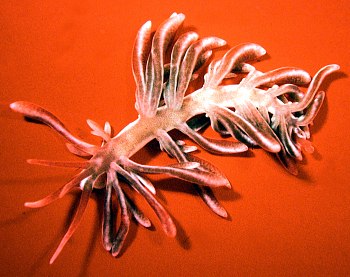Deefstes
Contributor
- Messages
- 1,396
- Reaction score
- 49
- # of dives
- 100 - 199
Hi all, I'm hoping someone can point me towards a resource of sorts that can help with some general identification tips on Nudibranchs.
I come from a birdwatching background and I'm obsessed with identifying everything I see. I've learned to eat humble pie under water but I still try to make an effort.
Some fishes are reasonably easy to at least put into a family which makes it easier to narrow it down to species level. With Nudibranchs I'm still very much in the dark though. Sure, Flabellinas are quite a bit different from Chromodorids, but for the most part, when I see a Nudibranch I don't even know where to start.
There are some excellent websites that have helped me before such as Nudi Pixel: Nudibranch and Sea Slug Identification with Photographs, Seaslug Molluscs Opisthobranchs Nudibranchs and The Sea Slug Forum - Home Page but I have yet to find something that gives me a systematic approach to identifying nudis.
Any help?
I come from a birdwatching background and I'm obsessed with identifying everything I see. I've learned to eat humble pie under water but I still try to make an effort.
Some fishes are reasonably easy to at least put into a family which makes it easier to narrow it down to species level. With Nudibranchs I'm still very much in the dark though. Sure, Flabellinas are quite a bit different from Chromodorids, but for the most part, when I see a Nudibranch I don't even know where to start.
There are some excellent websites that have helped me before such as Nudi Pixel: Nudibranch and Sea Slug Identification with Photographs, Seaslug Molluscs Opisthobranchs Nudibranchs and The Sea Slug Forum - Home Page but I have yet to find something that gives me a systematic approach to identifying nudis.
Any help?





